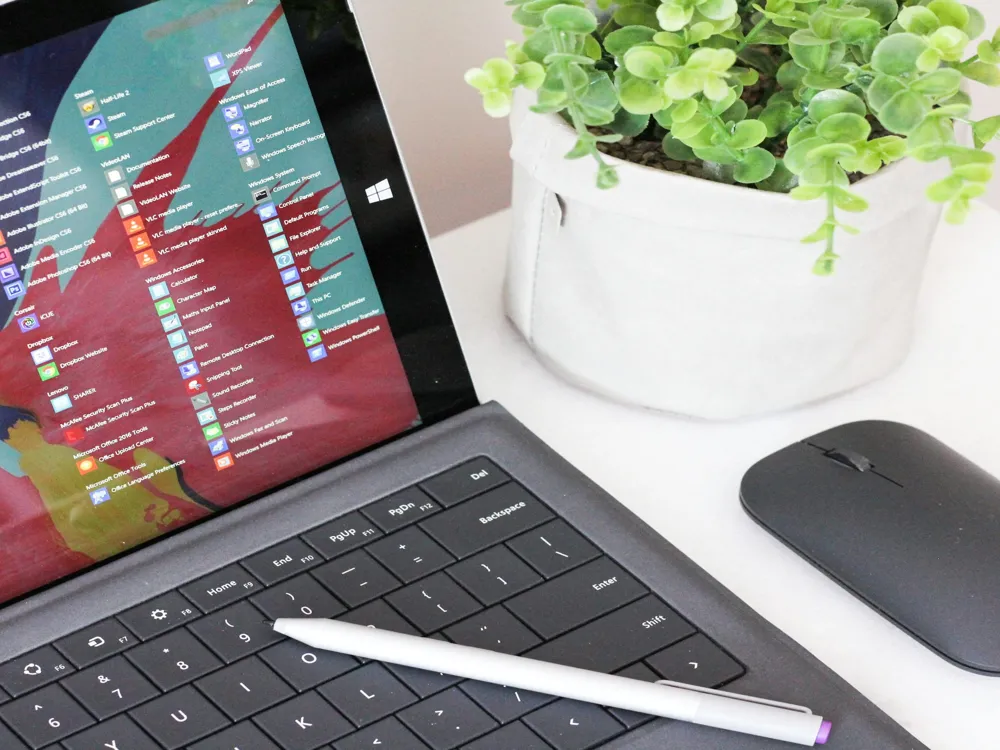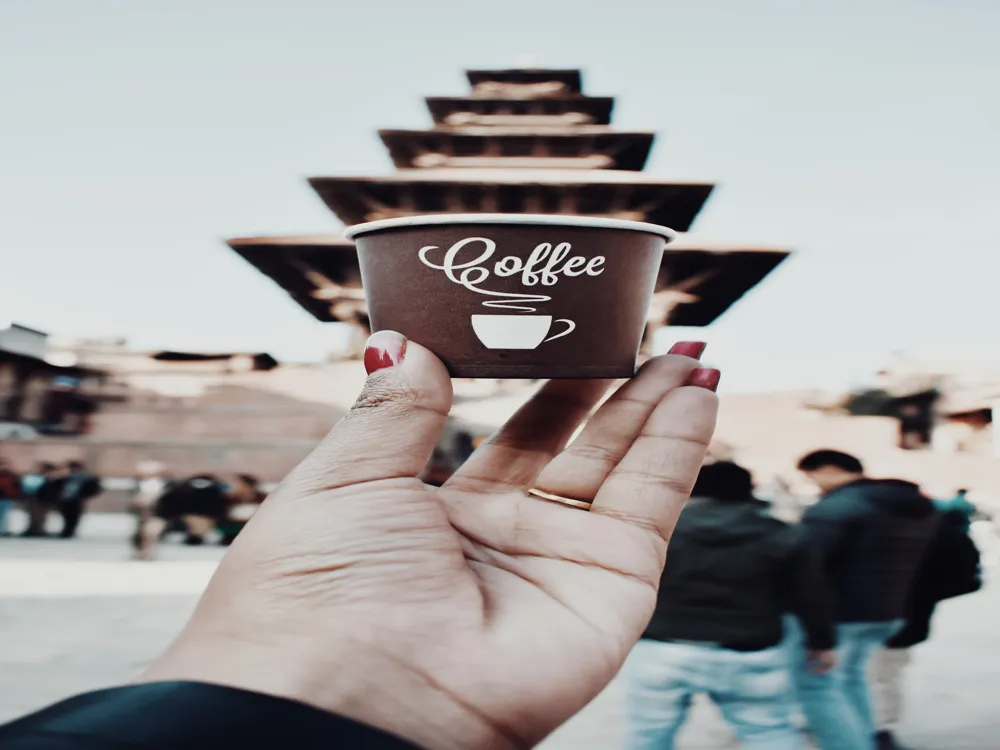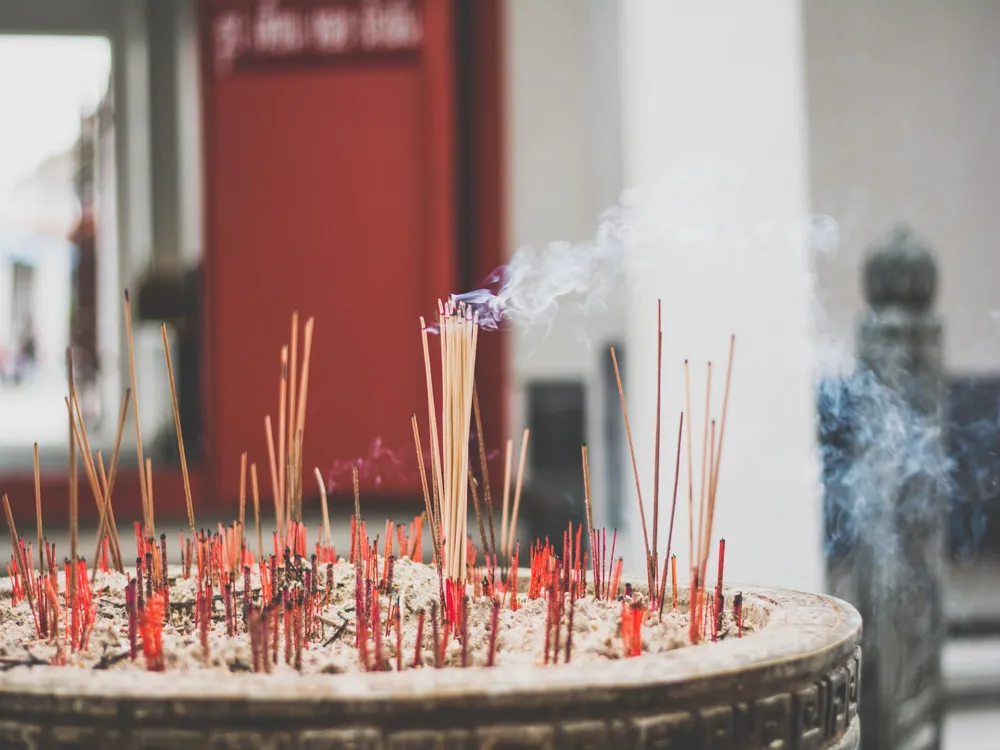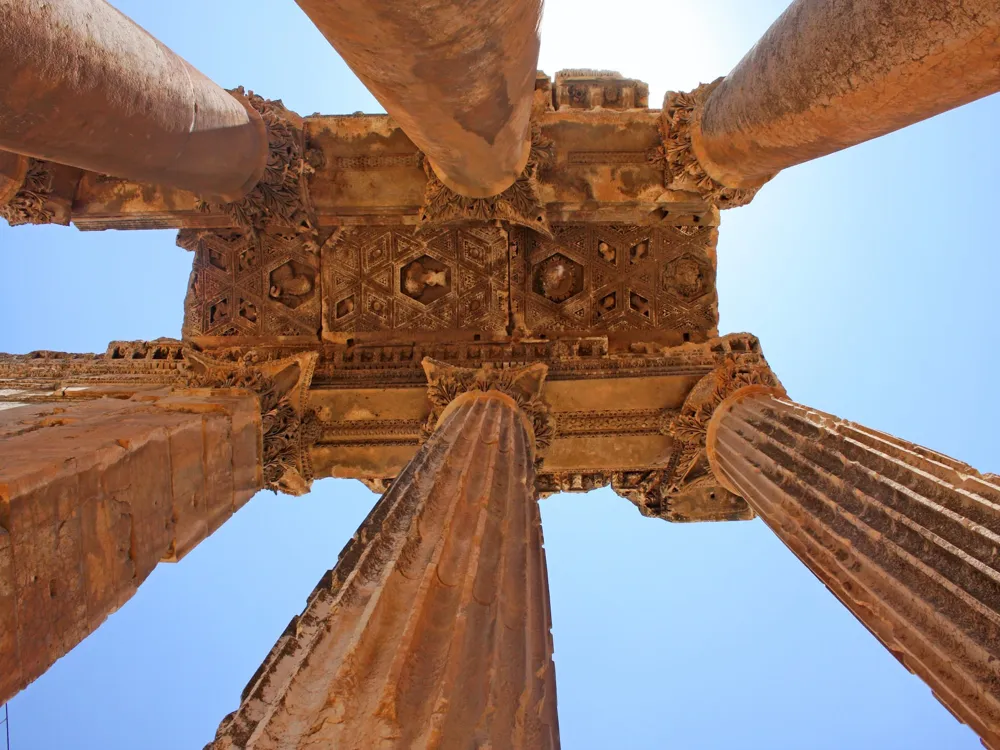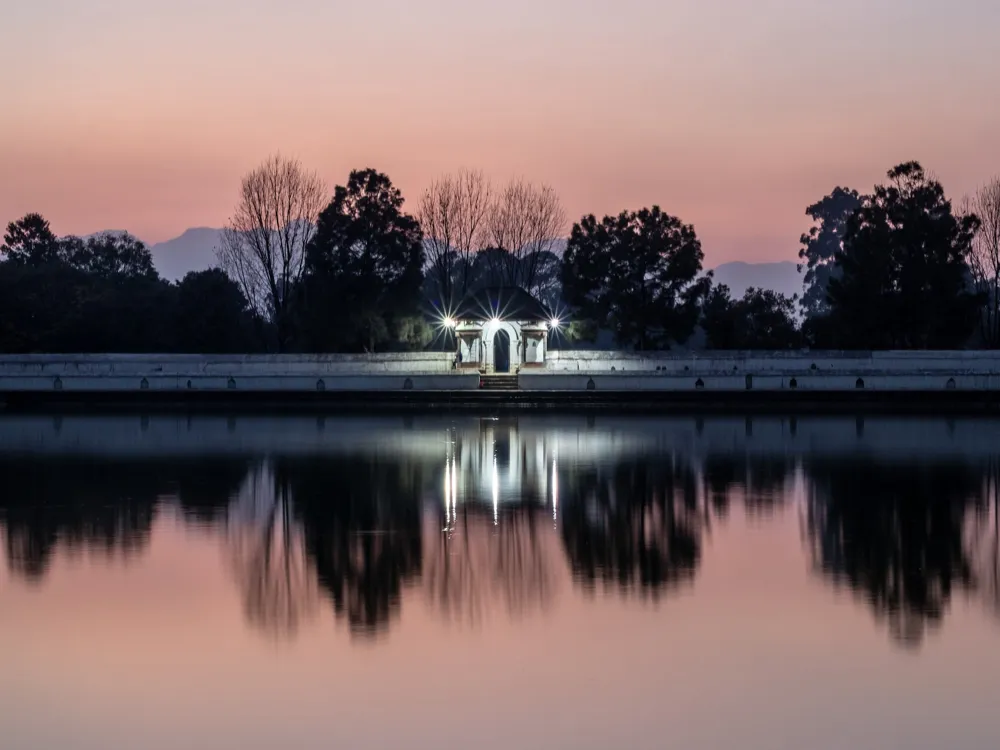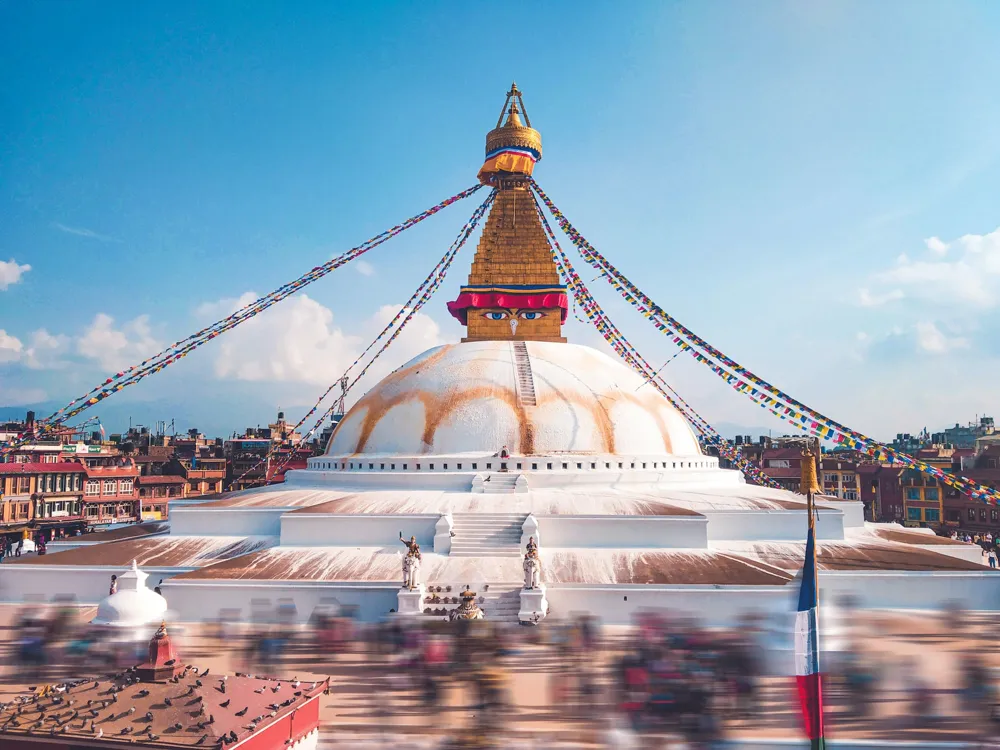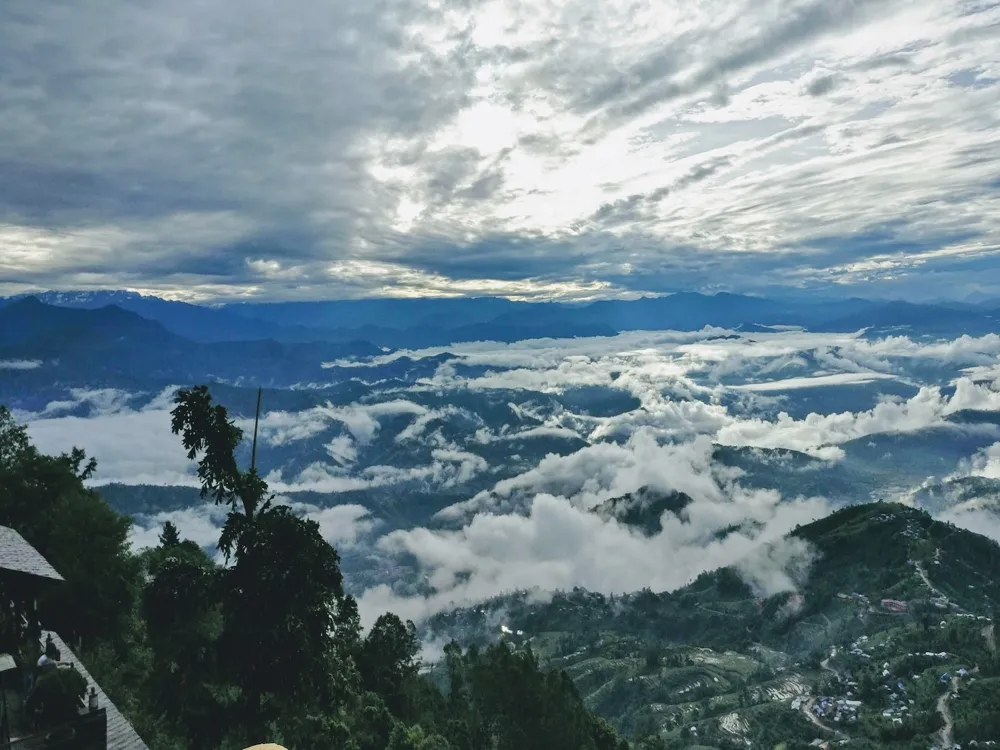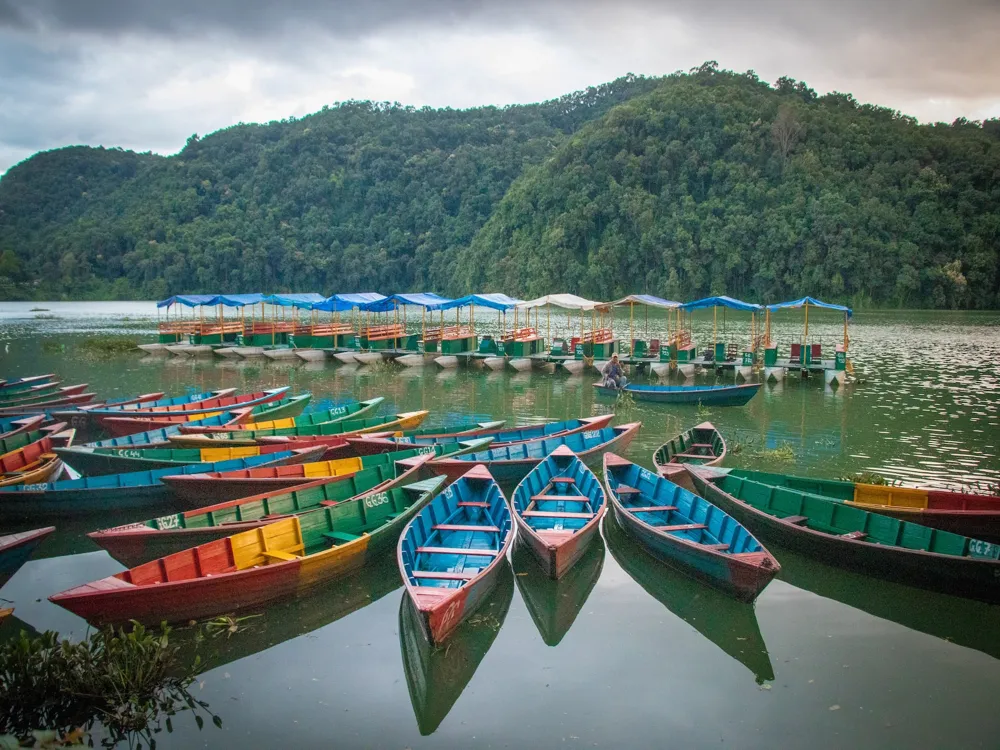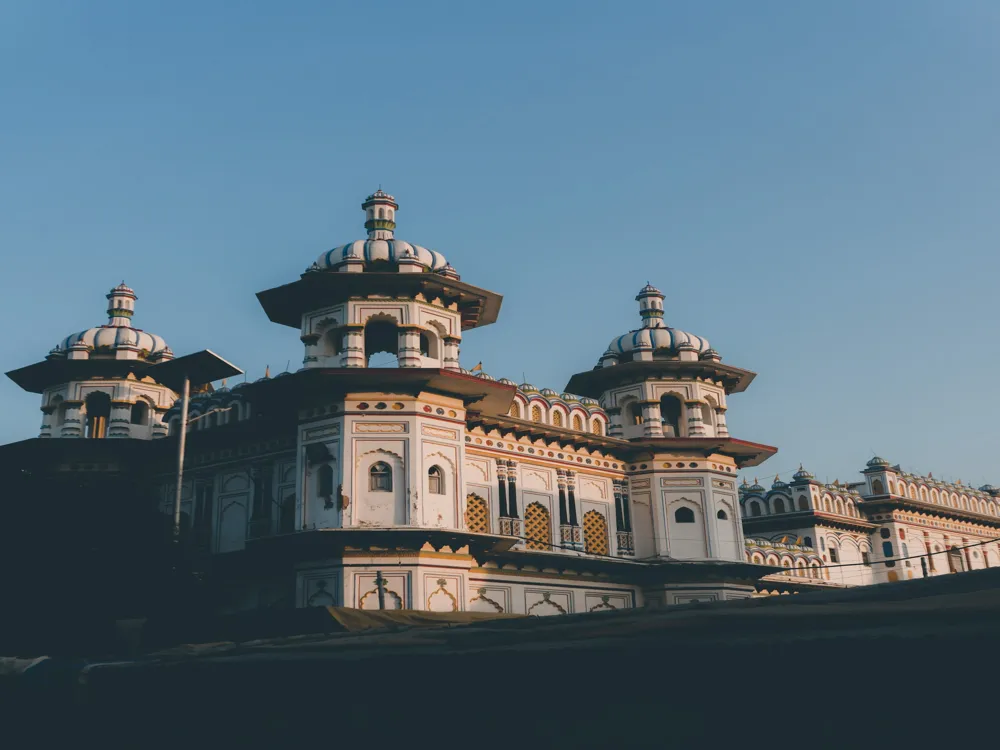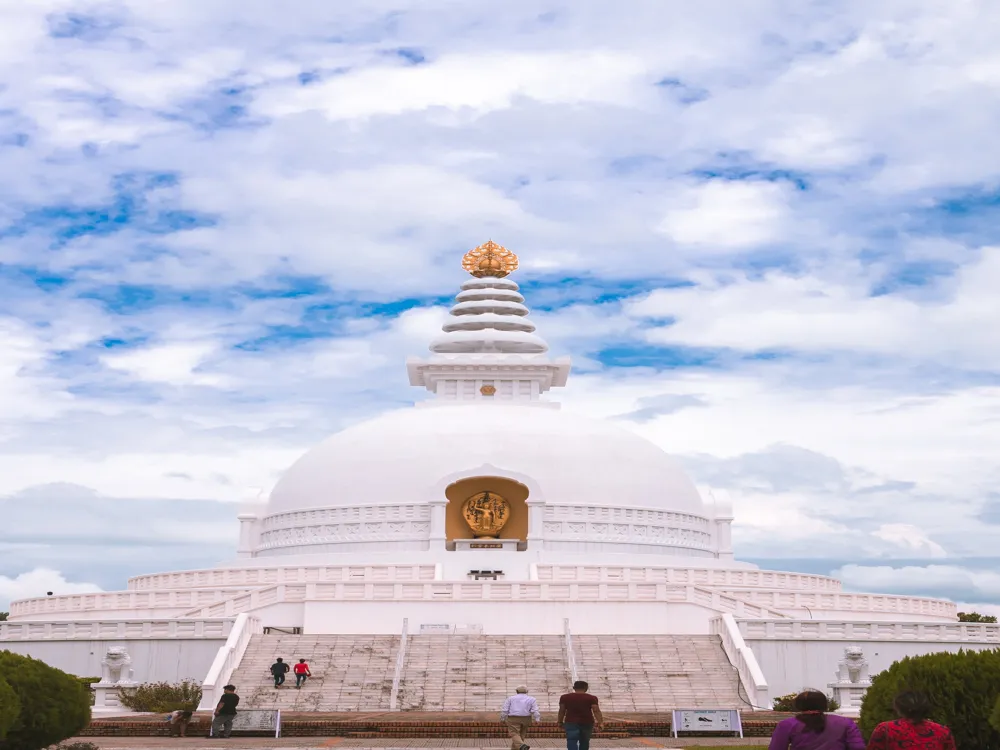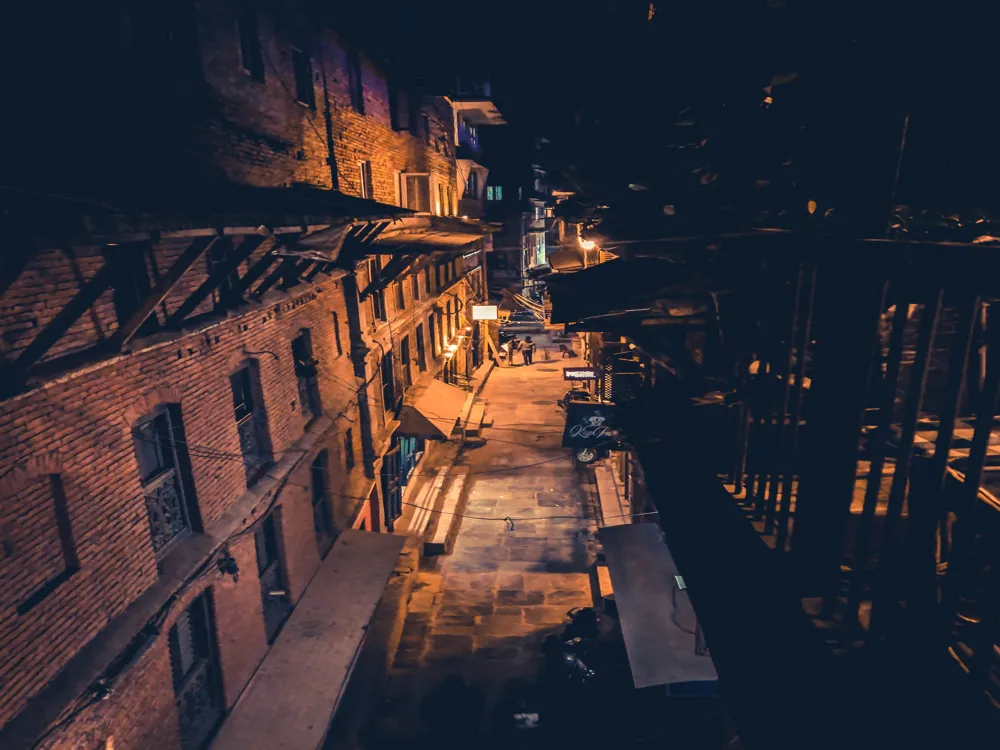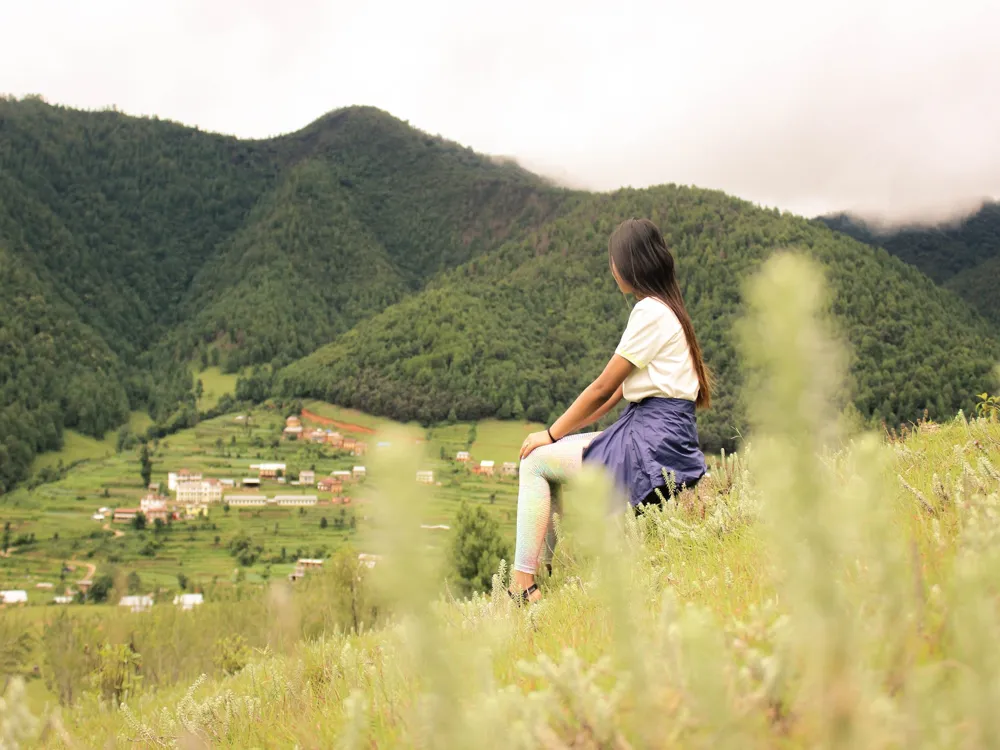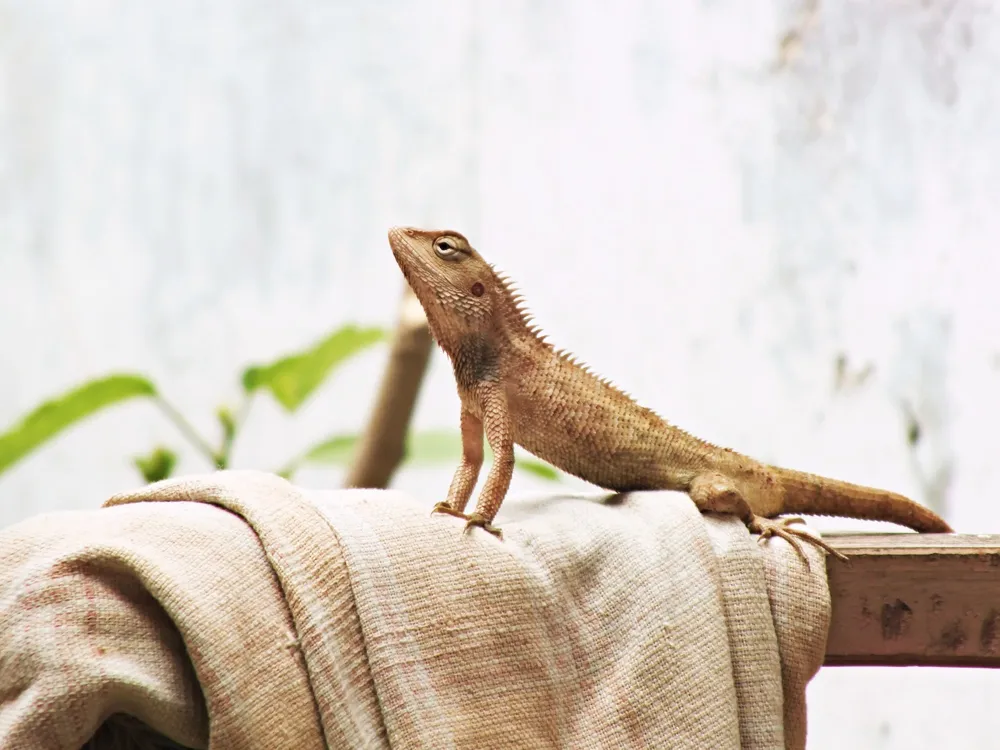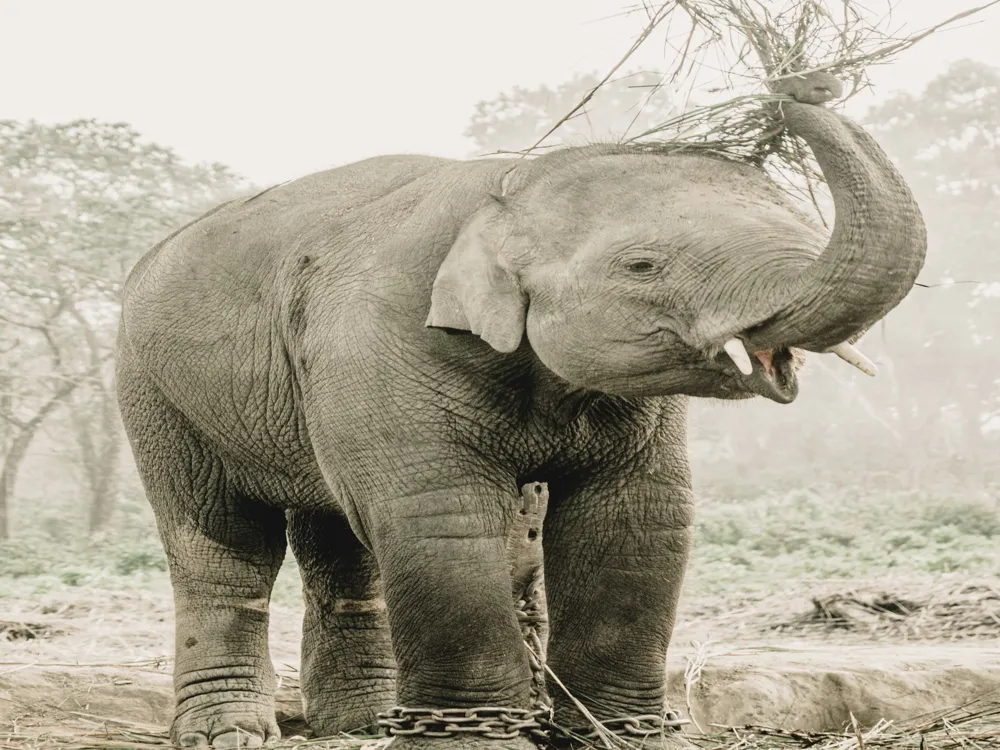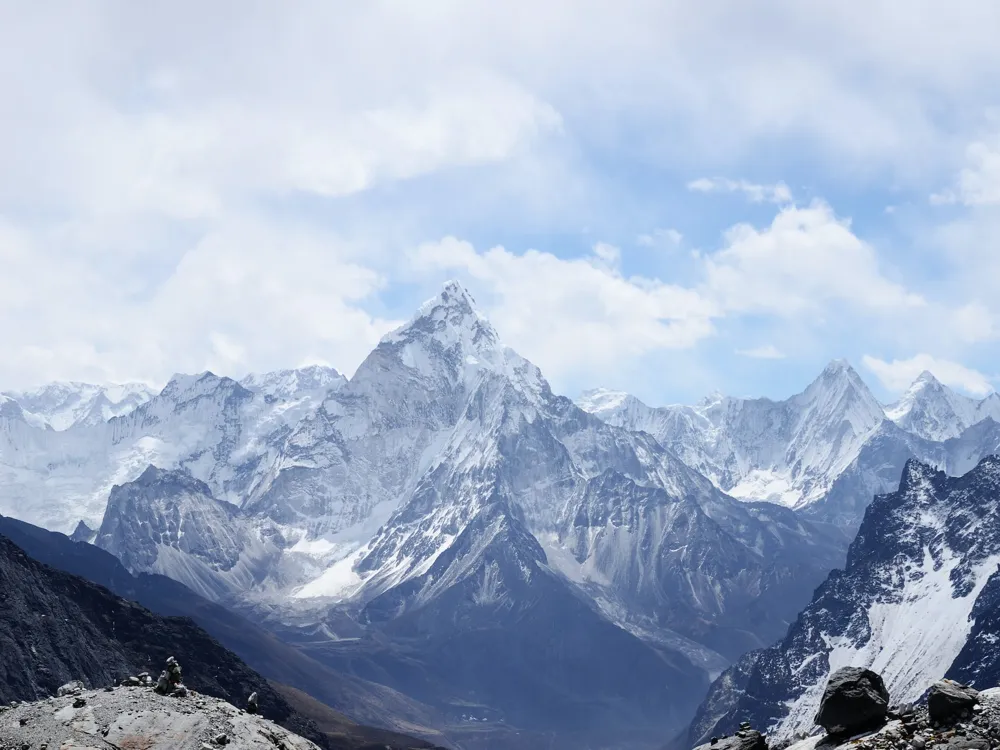Bhaktapur Durbar Square, located in the ancient city of Bhaktapur in Nepal, is a UNESCO World Heritage Site renowned for its stunning architecture and rich cultural heritage. This historic square is the essence of Bhaktapur city, known for its traditional art, architectural marvels, and vibrant festivals. It was the seat of the ancient Malla Kings of Bhaktapur, and the square is dotted with palaces, temples, and courtyards that date back to the 12th to 18th centuries. The architecture of Bhaktapur Durbar Square is a remarkable testament to the Newari culture that flourished in the Kathmandu Valley. The square is a showcase of intricate wood carvings, richly decorated facades, massive courtyards, and beautiful pagoda-style temples. A prominent feature of the square is the 55-Window Palace, which is a masterpiece of wood carving. The palace's balcony with its 55 windows is considered a unique specimen of wood art. Another highlight is the Vatsala Temple, known for its sandstone architecture and the famous Golden Gate, which is an epitome of Newari metalwork. Aside from these, the square houses several other important structures like the Lion Gate, the statue of King Bhupatindra Malla, the National Art Gallery, and the Yaksheswor Mahadev Temple. Each of these structures has its own history and significance, contributing to the square's status as a cultural and historical treasure trove. The area is not just a tourist attraction but a living museum where one can experience the lifestyle that has been carried down through centuries in Nepal. Bhaktapur Durbar Square is also the focal point for many festivals celebrated by the locals with great enthusiasm. The most notable among these is the Bisket Jatra, celebrated in the Nepalese New Year. This festival is marked by chariot processions and various cultural performances, making it a great time to visit and experience the local culture and tradition. The architecture of Bhaktapur Durbar Square is a blend of Pagoda and Shikhara styles, typical of the region. The structures are made of brick and wood, with intricate carvings and statues embellishing them. This architectural style is indicative of the Newari artisans' skill and creativity, which has been passed down through generations. One of the most striking features of the architecture in Bhaktapur Durbar Square is the attention to detail. The wood carvings on the doors and windows are not just decorative elements but also tell stories from Hindu mythology and daily life in ancient Nepal. The courtyards are another architectural marvel, surrounded by multi-storied temples and buildings with intricately carved wooden windows and doors. The 55-Window Palace is the most famous architectural structure in the square. The palace gets its name from the fifty-five windows on its façade, each an example of the exquisite Newari craftsmanship. The Golden Gate, leading to the palace, is an example of repoussé metalwork and is considered one of the most beautiful molded gates in the world. The temples in Bhaktapur Durbar Square are equally magnificent. The Nyatapola Temple is the tallest temple in Nepal and a fine example of Pagoda architecture. This five-storied temple stands on five terraces, each representing a different power of nature. The Dattatreya Temple, dedicated to a composite form of Hindu trinity Brahma, Vishnu, and Maheshwor (Shiva), is another architectural masterpiece, showcasing both Hindu and Buddhist influences. Moreover, the square's architecture is not just about ancient buildings but also about the living culture of the people. The locals are actively involved in preserving and passing on the architectural heritage, making the square a dynamic and living museum of Newari culture. The best time to visit Bhaktapur Durbar Square is during the spring (March to May) and autumn (September to November) when the weather is pleasant. Festivals like Bisket Jatra (April) offer a unique cultural experience. There is an entrance fee for foreign visitors, which goes towards the conservation of the monuments. The square is open throughout the day, but early mornings and late afternoons are less crowded. Consider hiring a local guide for a more insightful experience. Guides can provide detailed information about the history and architecture of the square. Be respectful of local customs and traditions. Always ask for permission before taking photographs of locals or religious ceremonies. Don't miss trying local Newari cuisine in the restaurants around the square. Dishes like Bara (lentil pancakes) and Juju Dhau (yogurt) are must-tries. Bhaktapur Durbar Square is located about 13 kilometers east of Kathmandu. It can be reached by taxi or bus from Kathmandu. The trip takes about 30-45 minutes depending on traffic. For a more authentic experience, one can also opt for a bicycle ride to the square from Kathmandu. READ MORE:Overview of Bhaktapur Durbar Square
Architecture of Bhaktapur Durbar Square
Tips When Visiting Bhaktapur Durbar Square
Best Time to Visit
Entrance Fees and Timings
Guided Tours
Cultural Etiquette
Local Cuisine
How To Reach Bhaktapur Durbar Square
Bhaktapur Durbar Square
Bhaktapur
NaN onwards
View bhaktapur Packages
Weather :
Tags : Historical Site
Timings : 7:00 AM to 7:00 PM
Time Required : 2-3 hours
Entry Fee : Foreign Nationals – NPR 1500
Chinese Nationals – NPR 500
SAARC Nationals – NPR 500
Nepalese Nationals – Free Entry
Planning a Trip? Ask Your Question
Bhaktapur Travel Packages
View All Packages For Bhaktapur
Top Hotel Collections for Bhaktapur

Private Pool

Luxury Hotels

5-Star Hotels

Pet Friendly
Top Hotels Near Bhaktapur
Other Top Ranking Places In Bhaktapur
View All Places To Visit In bhaktapur
View bhaktapur Packages
Weather :
Tags : Historical Site
Timings : 7:00 AM to 7:00 PM
Time Required : 2-3 hours
Entry Fee : Foreign Nationals – NPR 1500
Chinese Nationals – NPR 500
SAARC Nationals – NPR 500
Nepalese Nationals – Free Entry
Planning a Trip? Ask Your Question
Bhaktapur Travel Packages
View All Packages For Bhaktapur
Top Hotel Collections for Bhaktapur

Private Pool

Luxury Hotels

5-Star Hotels

Pet Friendly







